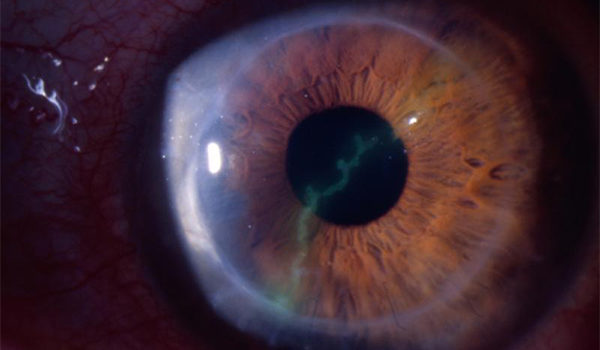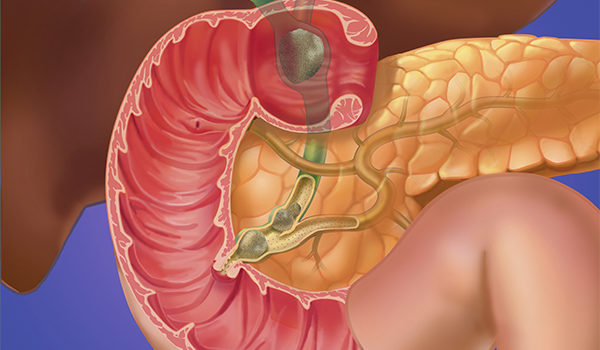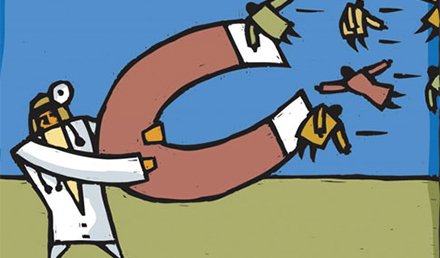A 35-year-old woman presents with a history of 1 day of pain in her right eye, photophobia, and decreased vision. There is no history of trauma. One day earlier, she was seen at an urgent care center, where the diagnosis was a corneal abrasion, and she was treated with topical trimethoprim-polymyxin. Her symptoms have worsened, so she has returned for further evaluation. View the image taken (Figure 1) and consider what your diagnosis would be.
Read More



